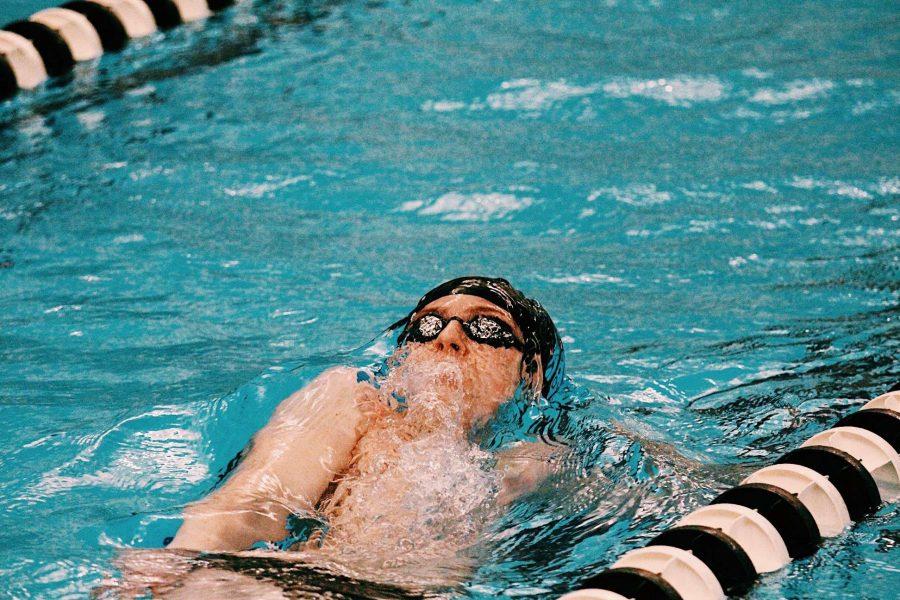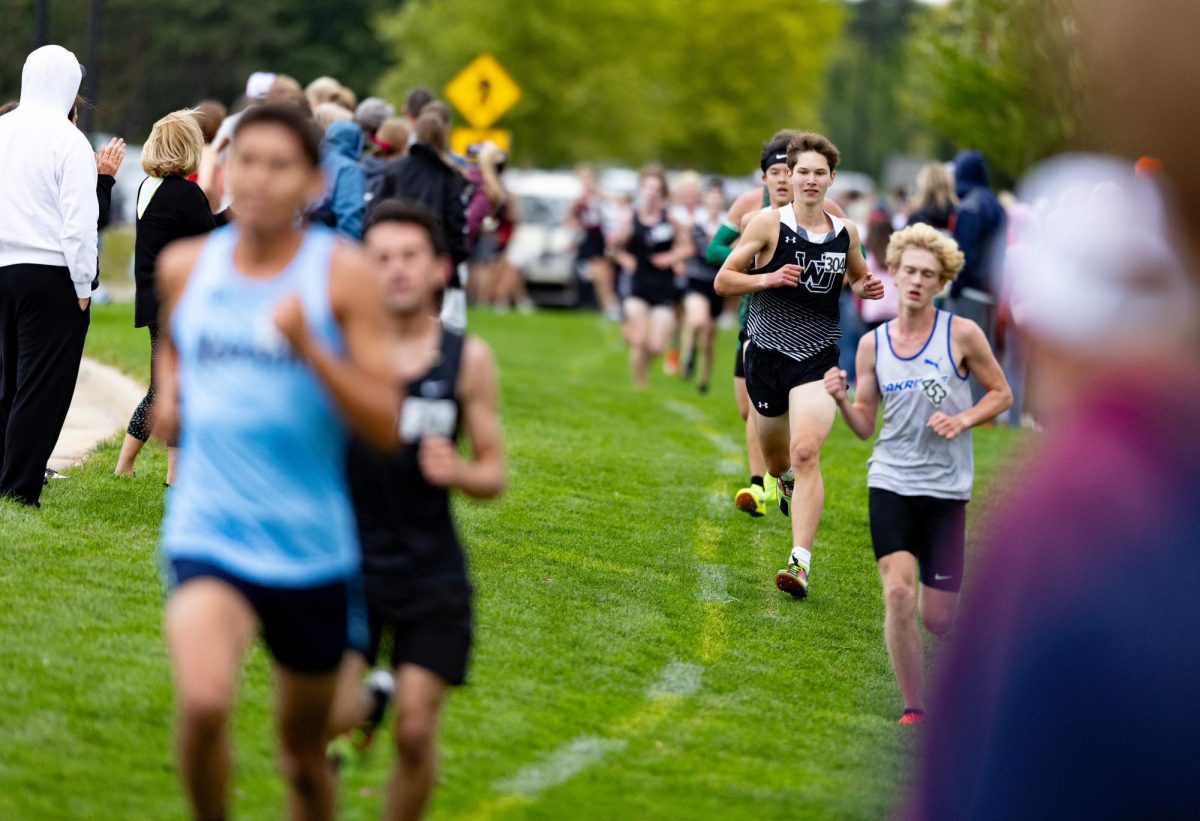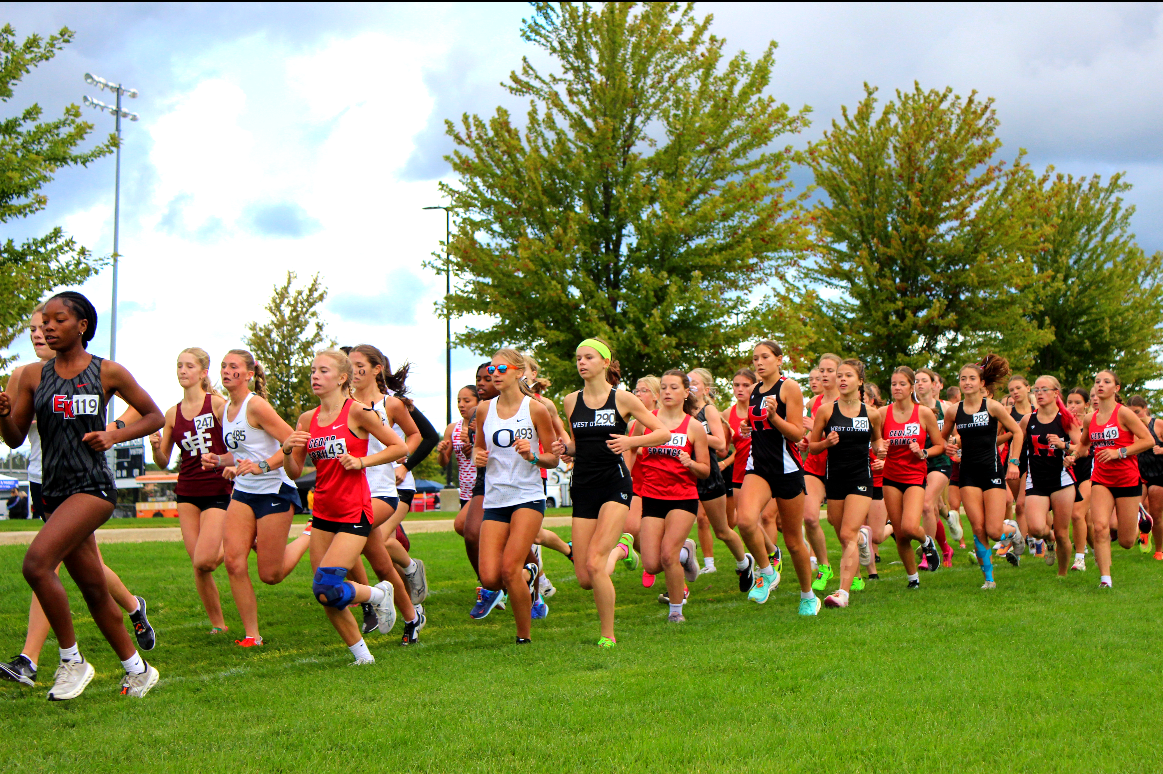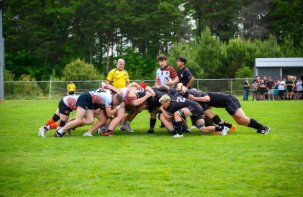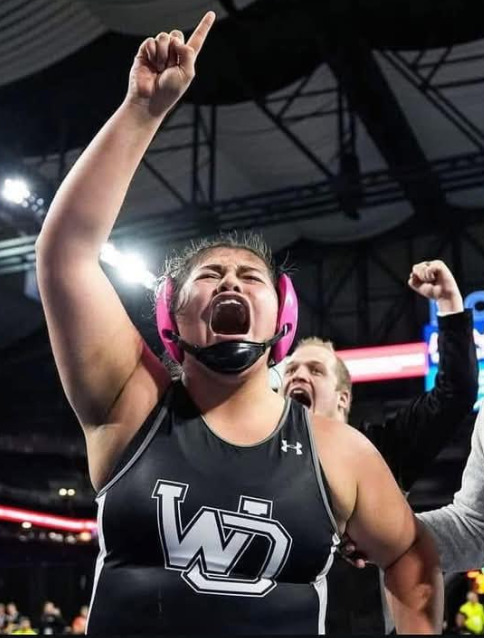During one of Jr Grant Sandstedt’s backstroke races nearing the end of his freshmen year, assistant coach Drew Johnson paid special attention to Sandstedt’s start. “We noticed there was lots of room to improve with his start, and we worked the next day to help him out.”
The next practice, Johnson had Sandstedt do backstroke starts after practice to find out what was wrong. Johnson had a big list of critiques for Sandstedt’s start, stating “he looked stiff off the block, had no body movement underwater, and popped up way too early.”
“He [Johnson] told me to arch my back more, use my whole body in my underwaters, point my toes, and start off with my head leaning back.” At first, all the critique was overwhelming for Sandstedt. “It took a while before I really started to understand why I needed to change my start technique, and it took even longer before I saw results,” Sandstedt said.
In the last dual meet of his season during his freshman year, Sandstedt clocked in at 1 minute, 6 seconds. Sandstedt worked hard throughout the summer on his start and underwater, hoping the following year he would make the state team.
At the first meet of his sophomore season, with his brand new start, Sandstedt clocked in at 58 seconds. “An 8 second drop the first meet of the season really put things in perspective for me that I could make it to state.” The state cut was 55 seconds that year, so Sandstedt was not far off.
At the 2019 MISCA meet, Sandstedt was set to swim the 100 backstroke. He was feeling really good, and decided to wear his brand new high-tech suit which increases performance. Sandstedt clocked in at 55 seconds, just tenths of a second away from the state cut.
“MISCA was a great sign for great swims to come for Grant, we knew he had potential to go that fast, we just hadn’t expected it to be so soon,” Johnson said. Sandstedt had to wait another month before he would try to prove himself at the conference meet.
Every practice leading up to conference, Sandstedt would do a backstroke start to make sure he still had the technical skills down: arched back off of the start, body movement underwater, don’t pop up too early.
After the last dual meet of the season, where Sandstedt once again swam the 100 backstroke in 58 seconds, he had a 2 week training period with no meets. Sandstedt’s team hadn’t taken that long of a break from meets all year.
Conference day appeared and Sandstedt was once again feeling very good. He put his headphones on, sat behind the block and thought about what he was there to do. Sandstedt was ready for his event.
It was time. An entire season of hard work and technical reconstruction. It would all come down to one swim.
“Take your mark”… Sandstedt arches his back, his head pointed backward, “GO!” He uses his hips to ungulate his dolphin kicks once he gets in the water. Sandstedt had a beautiful start, popping up ahead of the field.
52… 53… 54! After all of his dedication to his start and technique, Sandstedt made the state team in the 100 backstroke.
Going 54 seconds in the 100 backstroke, Sandstedt had dropped over 12 seconds from the previous year. A drop that is astronomical in the swimming world.
To put Sandstedt’s drop into perspective, Derek Maas, two time NCAA D1 All American, only dropped 3 seconds from his freshman year to sophomore year in high school.
“We are very proud of Grant, and always knew he had the potential to be great. Grant will do anything he can to make sure he is great at whatever he does,” Sandstedt’s dad said.
Although the state meet got cancelled because of COVID, Sandstedt still accomplished his goal of making the team, largely thanks to fixing up his backstroke start.
Sandstedt’s story is a fine example of the theory: with the right help, anything is possible.

